Marginal Wood Fern
- October 11, 2023
- 0 comment
Marginal Wood Fern, scientifically known as Dryopteris marginalis, is a charming fern species native to eastern North America. This elegant perennial fern is renowned for its distinctive fronds that gracefully arch outwards from a central cluster, creating a lush and feathery appearance.
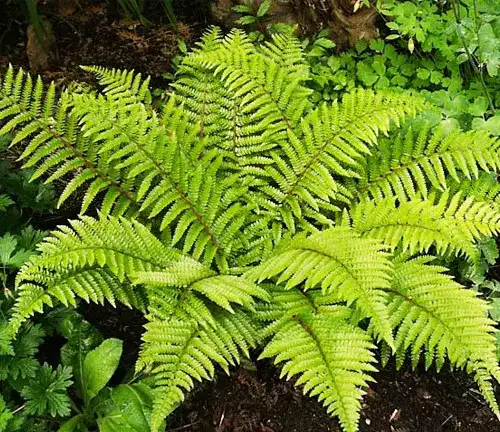
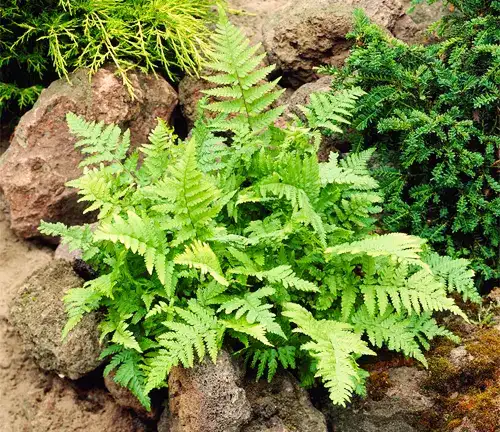
The name “Marginal Wood Fern” is derived from the unique positioning of its sori, which are the structures containing spore clusters, located along the margins of the fronds. These sori give the fern a distinctive appearance and are a key feature for identification. Marginal Wood Fern is commonly found in woodlands, rocky slopes, and shaded areas, thriving in moist, well-drained soil.
With its ability to adapt to various light conditions and its resilience, this fern is a popular choice for woodland gardens, providing a touch of natural elegance and a habitat for various wildlife species. Its enduring beauty and adaptability make the Marginal Wood Fern a cherished addition to landscapes in its native regions.
| Characteristics | Description |
| Scientific Name | Dryopteris marginalis |
| Common Name | Marginal Wood Fern |
| Plant Type | Perennial Fern |
| Native Range | Eastern North America |
| Frond Appearance | Feathery and arching |
| Sori Placement | Along the margins of fronds |
| Habitat | Woodlands, rocky slopes, shaded areas |
| Soil Type | Moist, well-drained |
| Light Requirements | Adaptable (tolerates various light conditions) |
| Garden Use | Woodland gardens, shaded landscapes |
| Wildlife Habitat | Provides habitat for various wildlife species |
| Growth Habit | Clustering, forming colonies |
| Hardiness Zones | Typically zones 3 to 8 |
| Size | 12 to 24 inches (30 to 60 cm) in height and spread |
| Foliage Color | Dark green |
| Maintenance | Low maintenance; requires regular watering |
| Special Features | Unique sori placement on fronds |
| Landscape Use | Groundcover, border planting, naturalizing |
| Disease Resistance | Generally resistant to pests and diseases |
| Seasonal Interest | Evergreen, providing interest year-round |
Botanical Beauty of “Marginal Wood Fern”
The Marginal Wood Fern, scientifically known as Dryopteris marginalis, is a botanical beauty that graces the woodlands of eastern North America. Its aesthetic charm lies in its distinctive fronds, which unfurl gracefully from a central cluster, creating a lush and feathery display. One of the most captivating features of this fern is the placement of its sori—structures containing spore clusters—along the margins of the fronds, lending it its intriguing name. This article explores the captivating botanical beauty of the Marginal Wood Fern and delves into its various facets, from its ecological importance to its common uses and benefits.
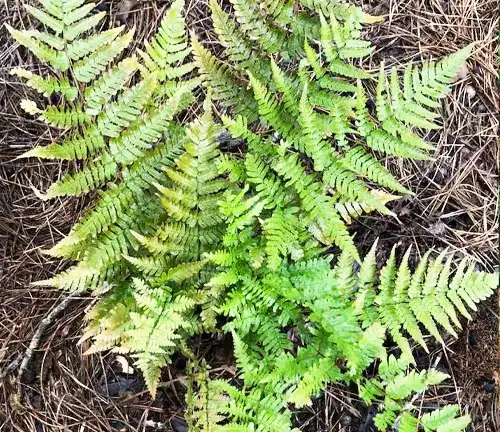
Woodland Elegance
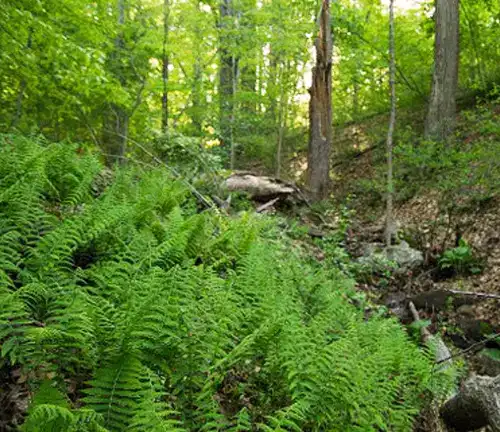
In the dappled light of woodland environments, the Marginal Wood Fern finds its ideal home. Its arching fronds add a touch of elegance to shaded landscapes, creating a serene and picturesque atmosphere. These ferns often form colonies, carpeting the forest floor with their vibrant green foliage. Their unique frond structure sets them apart, as they gracefully sway with the breeze, adding movement and life to the woodland understory.
Ecological Importance
Beyond its ornamental value, the Marginal Wood Fern plays a vital role in the ecosystem. It provides habitat and shelter for various wildlife species, offering a safe haven for creatures such as small mammals and insects. As an evergreen plant, it also contributes to year-round forage and cover for wildlife. Moreover, its dense growth aids in soil conservation by preventing erosion, which is crucial for maintaining the integrity of forest ecosystems.
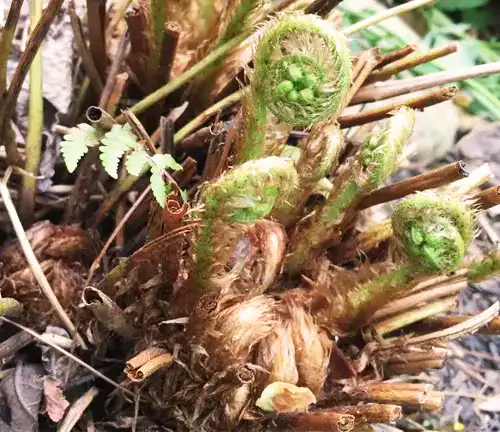
Cultivation and Conservation
Cultivating the Marginal Wood Fern in your garden is a rewarding endeavor. It thrives in moist, well-drained soil and is adaptable to varying light conditions, making it a versatile addition to landscaping projects. However, it’s important to ensure that this native fern is sustainably sourced to support its conservation efforts in the wild. Responsible cultivation practices can help preserve this species for future generations to enjoy.
Fragrance
While Marginal Wood Ferns are not known for their fragrance, their visual appeal compensates for their lack of scent. The verdant fronds create a lush backdrop for other fragrant woodland plants, enhancing the overall olfactory experience of a shaded garden.
Soil Stabilization

One of the lesser-known benefits of the Marginal Wood Fern is its role in soil stabilization. Their dense root systems help anchor the soil, reducing erosion on slopes and along stream banks. This makes them a valuable asset in restoration projects aimed at protecting fragile ecosystems.
Common Uses
Marginal Wood Ferns are a popular choice for woodland gardens, where they thrive alongside other native plants like trilliums, hostas, and wildflowers. They also make excellent groundcovers in shaded areas and can be used to create borders that define and beautify the edges of garden beds. Their adaptability to a variety of light conditions makes them a versatile landscaping choice.
Benefits
The benefits of cultivating Marginal Wood Ferns go beyond aesthetics. By including these ferns in your garden or landscape, you not only contribute to the preservation of native species but also create a haven for wildlife. Their soil-stabilizing qualities are environmentally beneficial, and their low-maintenance nature means less effort for gardeners. Plus, their striking fronds add a touch of woodland elegance that can transform any shaded space into a serene and captivating retreat.
In conclusion, the Marginal Wood Fern is a botanical gem that combines beauty and ecological significance. Whether you’re an avid gardener or a nature enthusiast, this fern’s graceful presence in woodlands and gardens is a testament to the wonders of the natural world. Its adaptability, aesthetic appeal, and ecological contributions make it a cherished addition to any landscape.
Different Species
Dryopteris carthusiana
(Spinulose Wood Fern)
This species is known for its finely divided, lance-shaped fronds and is native to North America and Eurasia. It’s often found in woodlands and moist, shaded areas.
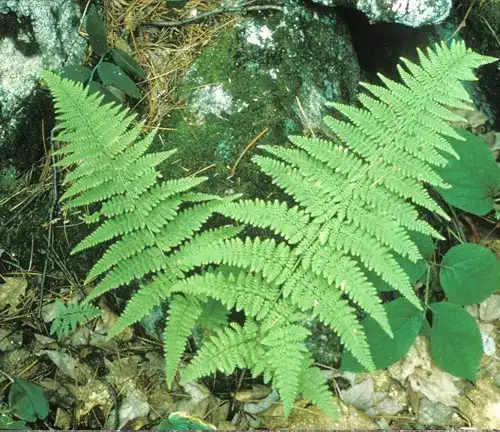
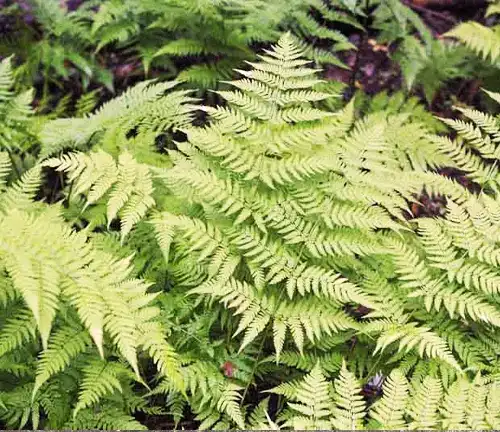
Dryopteris filix-mas
(Male Fern)
While not a marginal wood fern, the Male Fern is a well-known species in the Dryopteris genus. It has bright green fronds that can grow quite tall, and it’s widespread across North America and Europe.
Dryopteris cristata
(Crested Wood Fern)
Crested Wood Ferns have fronds that are deeply lobed and crested at the tips. They are native to North America and are often found in damp woodlands.

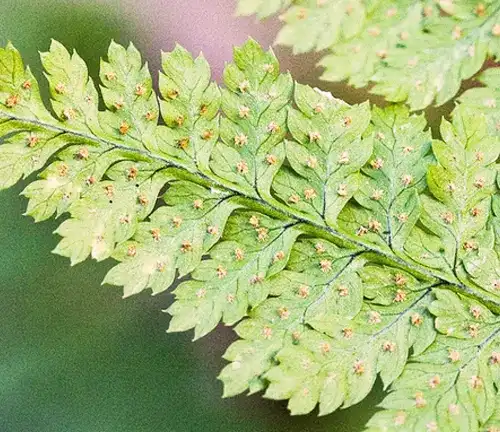
Dryopteris intermedia
(Intermediate Wood Fern)
This fern is native to North America and is characterized by its lance-shaped fronds and its preference for moist, shaded habitats.
Dryopteris goldiana
(Goldie’s Wood Fern)
Goldie’s Wood Fern is a large species with striking fronds and is native to eastern North America. It’s often found in rich, moist forests.
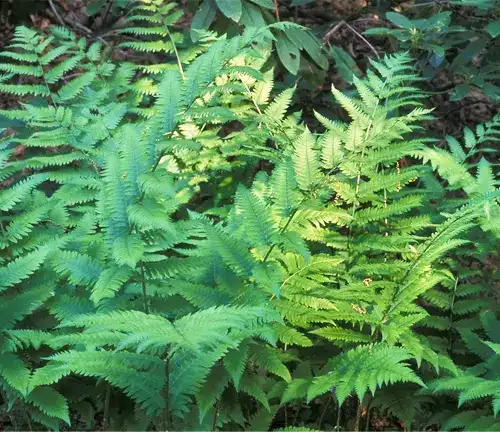
While these are different species within the Dryopteris genus, the specific “Marginal Wood Fern” typically refers to Dryopteris marginalis due to its unique characteristics, including the placement of its sori along the margins of the fronds. Other species may share similar growth habits and habitats but have distinct characteristics that differentiate them from marginal wood ferns.
Frequently Asked Questions (FAQs)
- What is Marginal Wood Fern (Dryopteris marginalis)?
Marginal Wood Fern, scientifically known as Dryopteris marginalis, is a native fern species found in eastern North America. It’s known for its distinctive fronds and unique placement of sori along the margins of the fronds. - Where is Marginal Wood Fern typically found in the wild?
Marginal Wood Fern is commonly found in woodlands, rocky slopes, and shaded areas throughout its native range in eastern North America. - What are the key identifying features of Marginal Wood Fern?
The most distinctive feature of Marginal Wood Fern is the placement of its sori (structures containing spore clusters) along the margins of its fronds. It has feathery, arching fronds that form a central cluster. - Is Marginal Wood Fern suitable for my garden?
Marginal Wood Fern is a versatile fern that can thrive in various light conditions and is well-suited for woodland gardens, shaded landscapes, and as a groundcover. - How do I care for Marginal Wood Fern in my garden?
Marginal Wood Ferns prefer moist, well-drained soil and can adapt to different light levels, from partial to full shade. Regular watering is essential to keep the soil consistently moist. - Is Marginal Wood Fern evergreen?
Yes, Marginal Wood Fern is an evergreen fern, which means it retains its green foliage throughout the year, providing interest in the garden even during the winter months. - Are there any wildlife benefits to growing Marginal Wood Fern?
Yes, Marginal Wood Fern provides habitat and shelter for various wildlife species, making it a valuable addition to gardens that support local ecosystems. - Can Marginal Wood Fern help prevent soil erosion?
Yes, the dense root systems of Marginal Wood Ferns help stabilize soil, making them useful for erosion control on slopes and along stream banks. - Is Marginal Wood Fern easy to propagate?
Marginal Wood Fern can be propagated through division, making it relatively easy to expand your fern colony or share it with others. - Is Marginal Wood Fern a threatened or endangered species?
While Marginal Wood Fern is not typically considered threatened or endangered, it’s essential to source it responsibly and avoid wild harvesting to help preserve native populations.



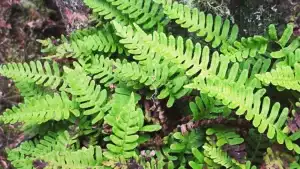

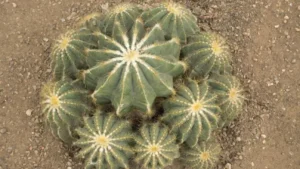

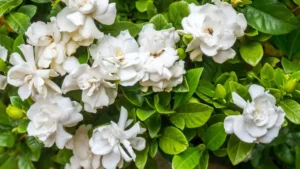
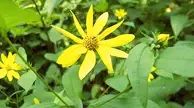



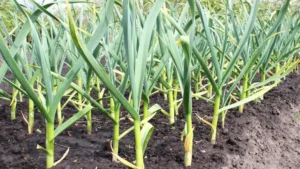
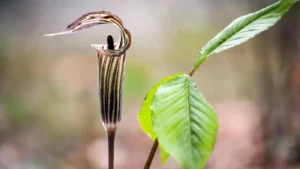
Leave your comment